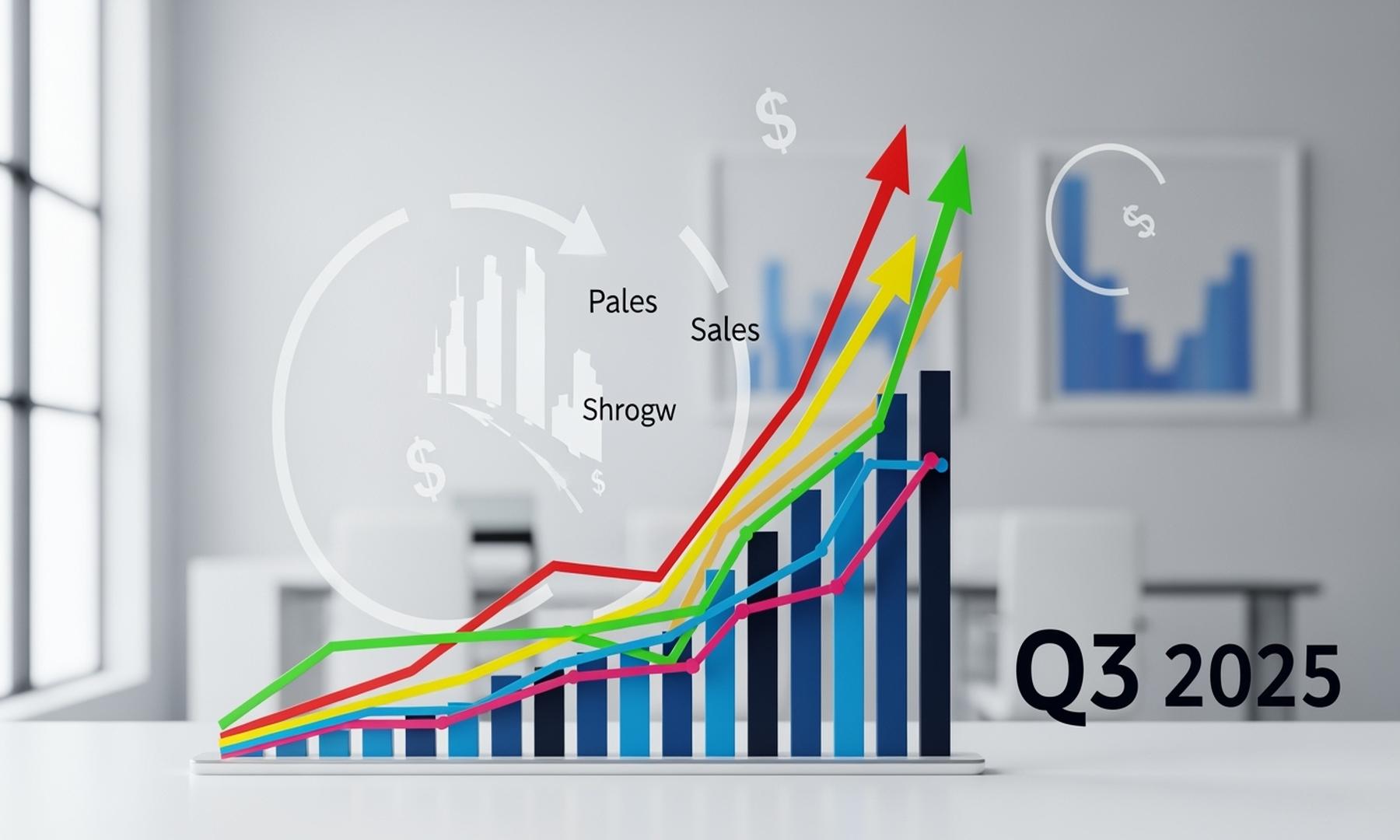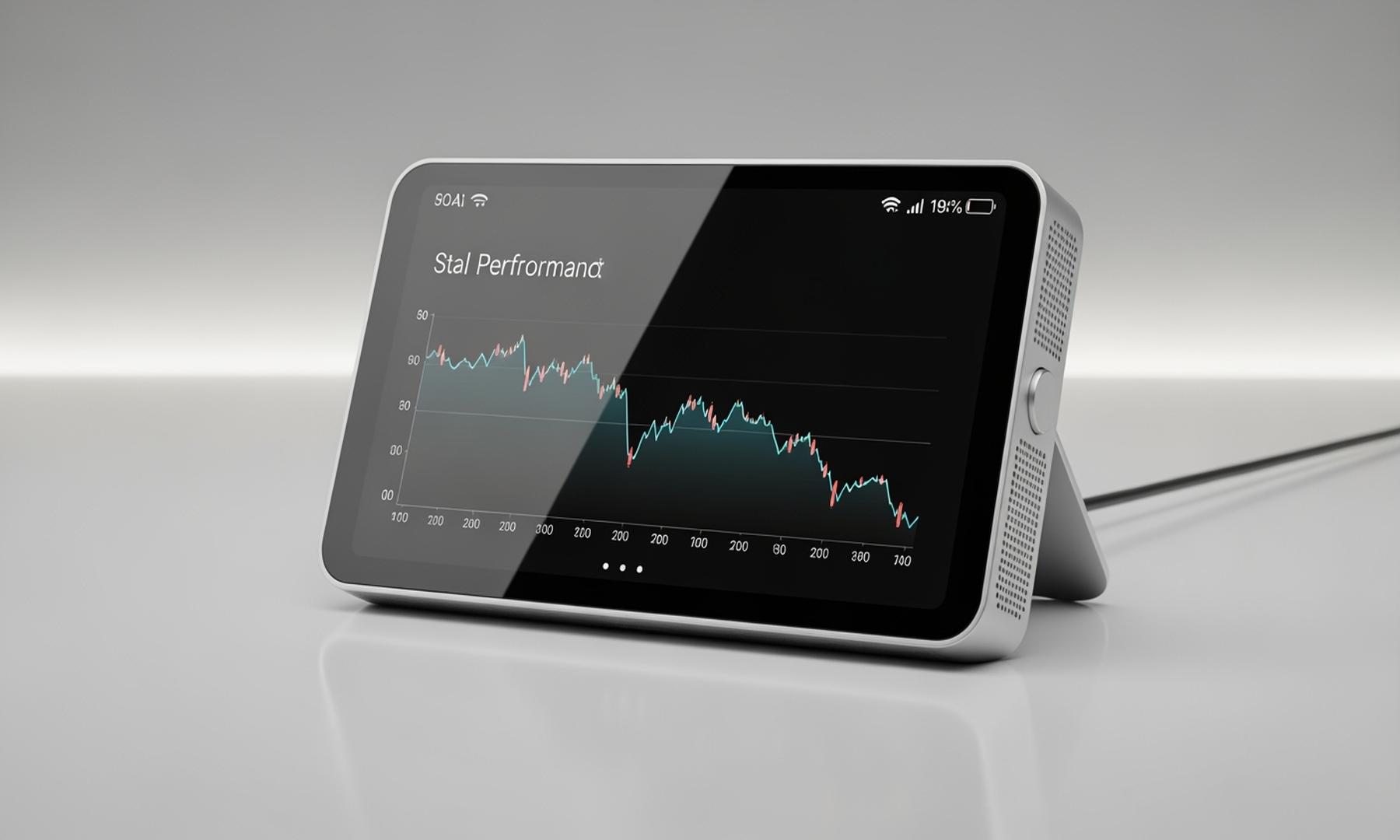What's Happening?
U.S. Treasury yields have experienced a slight increase as investors assess the current state of the U.S. economy amidst a prolonged government shutdown. The 10-year Treasury yield rose marginally to 4.014%, while the 2-year Treasury note remained stable
at 3.47%. The 30-year bond yield also saw a minor increase to 4.609%. The government shutdown, now in its fourth week, has resulted from a stalemate between Republican and Democrat lawmakers over the federal budget, halting the release of key economic data such as weekly jobless claims. Additionally, U.S. Treasury Secretary Scott Bessent is set to meet with Chinese Vice Premier He Lifeng in Malaysia to discuss the potential escalation of U.S. tariffs on Chinese goods, which President Trump has deemed unsustainable.
Why It's Important?
The rise in Treasury yields reflects investor sentiment regarding the U.S. economy's resilience amid political and economic uncertainties. The ongoing government shutdown poses risks to economic growth, as it delays critical economic data releases and could impact GDP growth if prolonged. However, some economists believe any slowdown would be temporary, followed by a recovery period. The potential de-escalation of trade tensions with China is also significant, as it could prevent further economic strain from additional tariffs. These developments are crucial for financial markets, policymakers, and businesses, as they navigate the complexities of domestic and international economic challenges.
What's Next?
The upcoming release of the delayed Consumer Price Index (CPI) for September will provide insights into the economy's health ahead of the Federal Open Market Committee (FOMC) meeting next week. Investors and economists will closely monitor these developments to gauge the potential impact on monetary policy and economic growth. The outcome of the meeting between U.S. and Chinese officials could also influence future trade relations and economic stability.















